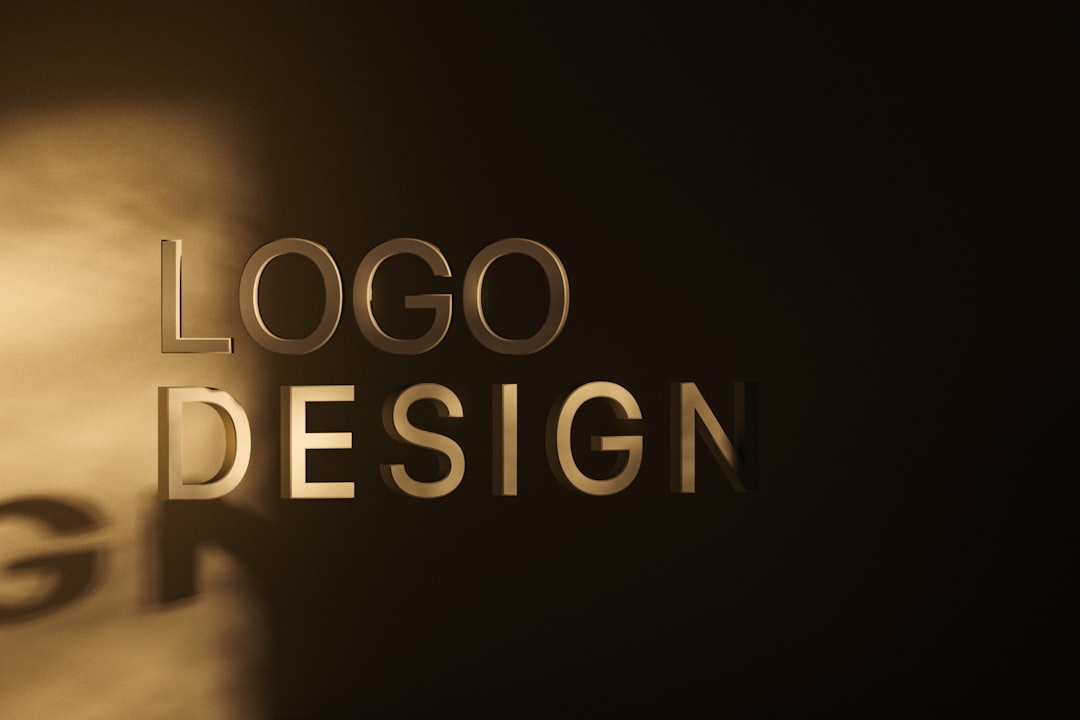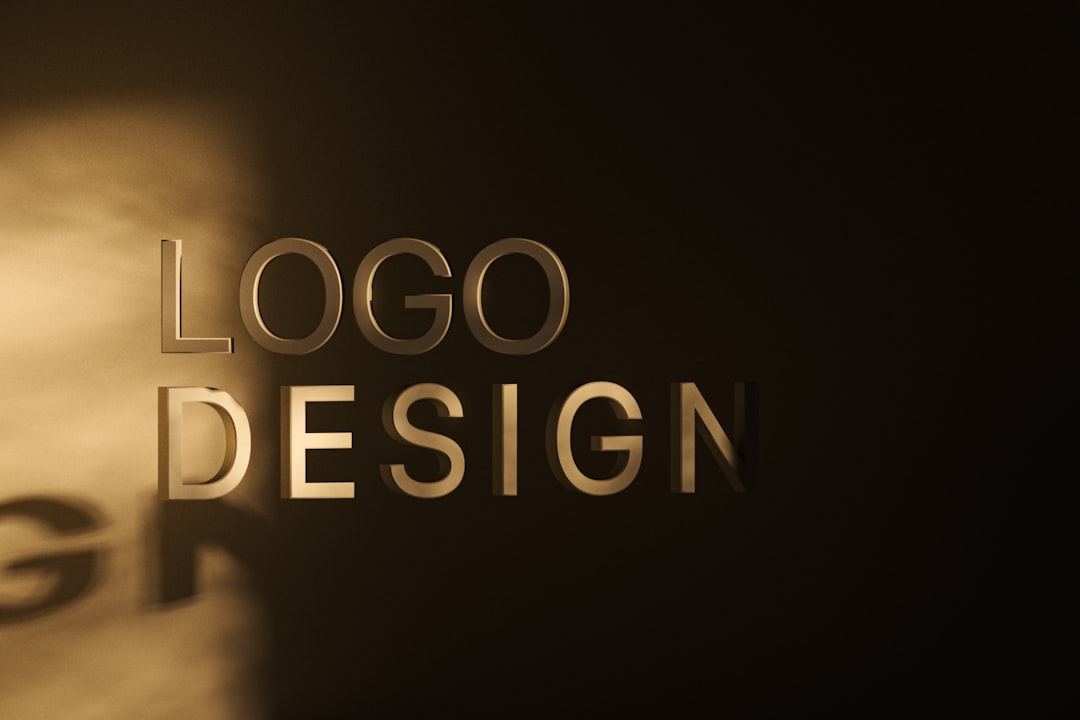In design, things can get technical fast. But don’t worry — we’re here to make it super simple. Today, we’re talking about DPI and resolution in logos. It’s 2025, and it’s time to clear things up once and for all.
TLDR: What You Really Need to Know
- DPI is mostly for print, not screens.
- Resolution depends on where your logo will be used.
- Vector files are your best friend for logos.
- In most cases, you don’t need to worry about DPI at all.
What Even Is DPI?
DPI stands for dots per inch. It measures how many dots of ink a printer puts in one inch. Higher DPI means more detail and sharper prints.
Simple, right? But here’s the twist — DPI is for printing. It has nothing to do with your screen or website. Most screens deal with pixels, not dots.
So… What About Resolution?
Resolution is how many pixels wide and tall your image is. For example: 1920×1080. That’s 1920 pixels across and 1080 pixels down.
On a screen, resolution is everything. More resolution = more room for details. But be careful — bigger isn’t always better. A massive image on a tiny website might take forever to load.
Print vs. Digital — The Key Difference
Here’s where people get confused. DPI matters when you’re printing a logo on a shirt, flyer, or billboard. Resolution matters when the logo is shown on a website, app, or social media.
Here’s a simple way to remember:
- DPI = Print
- Resolution = Digital
Why Vector Files Rule in 2025
Forget DPI and resolution for a second. The best logos today are made as vector files. These files use math to describe shapes. That means you can scale them up or down with zero quality loss.
Common vector formats:
- .SVG (great for web)
- .EPS (great for print)
- .AI (native Adobe Illustrator file — the logo motherlode!)
With a vector logo, you don’t need to worry about DPI or resolution. You just export the size and format you need. Easy.

But I Still Need DPI for Print, Right?
Okay, let’s say you’re printing business cards. In this case, yes — DPI does matter. Most printers want files at 300 DPI. That’s the golden rule for sharp prints.
If your logo is a raster image (like .PNG or .JPG), make sure it’s high enough resolution and created at 300 DPI. But again… this is why using a vector logo is so much easier.
Know When to Use What
Here’s a quick guide:
| Where You’re Using the Logo | What You Need |
|---|---|
| Website | SVG, 72–150 PPI (or just use SVG, and forget it!) |
| Social Media | PNG or JPG, sized correctly in pixels (e.g. 180×180) |
| Business Cards | EPS or PDF, 300 DPI |
| Posters or Banners | Vector preferred, or pixel image at high resolution + 300 DPI |
| Email Signatures | Small PNG or SVG, around 300px wide |
Myth-Busting the DPI Confusion
Let’s kill a myth. Just increasing the DPI in Photoshop doesn’t make your image better. You can’t magically add detail that doesn’t exist. That’s like stretching a balloon and expecting it to become a trampoline. Physics doesn’t work that way.

So if your logo is 150 pixels wide and you turn it into 300 DPI — you still just have 150 pixels. It will print blurry. The solution? Use a vector file or recreate it bigger.
How Big Should a Logo Be in Pixels?
Here’s a helpful list for digital:
- Web Logo (Header): Around 250–400 px wide
- Favicon: 16×16, 32×32, or 48×48 px
- Facebook Profile: 180×180 px
- Instagram: 320×320 px
- YouTube Channel Icon: 800×800 px
Always export logos for web in 72–150 PPI, or better yet, just use SVG and let the browser do the work.
Tips for Designers (and Clients)
- Always keep a master .AI or .EPS file – You’ll need it forever.
- Use SVGs for the web – They’re crisp, light, and future-proof.
- For print, ask your printer exactly what they need. There’s no shame!
- Don’t resize logos in Word or PowerPoint. It creates chaos!
Are There New Standards in 2025?
Actually, not much has changed. But more people are finally understanding what really matters. Tools like Figma, Canva, and Adobe Express now export vector and web-friendly formats with ease.
And with high-DPI screens (like 4K and Retina) becoming the norm, clarity at multiple sizes matters more than ever.

Final Thoughts
So next time someone panics and shouts, “What DPI should my logo be?” you can calmly respond:
“Depends — Are we printing it? Or posting it?”
Because now you know DPI is for paper and resolution is for screens. And when in doubt? Choose vector. Let it scale. Let it shine.
Happy Designing!
Whether you’re a logo designer, business owner, or just curious — you’re now smarter than 90% of the internet about DPI and logo resolution. Go forth and spread the gospel of vector graphics!
